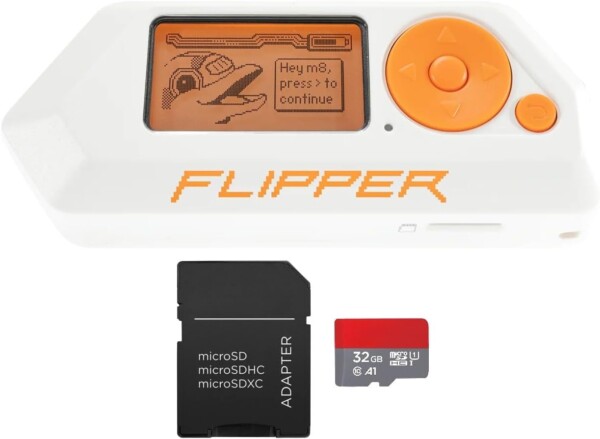The dolphin-shaped Flipper Zero, marketed as a portable multi-tool for techies, has become incredibly popular for its ability to interact with various access control systems and digital interfaces. However, this versatility has sparked debate: is it a harmless gadget or a potential digital threat?
Flipper Zero : Toy or Threat?

Designed for learning and exploration, the Flipper Zero lets users safely experiment with radio frequencies, access control, and hardware hacking. Its playful design and open-source software foster a community that shares custom firmware and explores its functionalities, from copying garage door codes to emulating NFC cards. It’s a hands-on way to understand everyday technology.
The Flipper Zero’s educational potential is unfortunately offset by its inherent security risks. Its ability to interact with access control systems, for instance, raises concerns about unauthorized access to buildings and vehicles. While intended for ethical hacking and security testing, the device’s functionality could be readily exploited for illicit purposes, blurring the lines between legitimate research and criminal activity.
The debate surrounding the Flipper Zero’s legitimacy is further complicated by its increasing popularity among security professionals.
Flipper Zero penetration testing and vulnerability
The Flipper Zero’s dual nature as both a penetration testing tool and a potential security exploit makes its categorization as “toy” or “threat” complex. Its value lies in identifying system vulnerabilities, but this same capability could be misused.
Exploring the Device’s Dual Nature
The Flipper Zero’s open-source nature presents both advantages and risks. While its transparency fosters community development and allows for extensive customization, this same openness facilitates the creation and distribution of malicious firmware and unauthorized modifications. This inherent accessibility makes regulating the device’s usage challenging and increases the likelihood of it being misused. Ultimately, ethical and legal operation of the Flipper Zero rests solely with the user.
Radio Frequencies
The Flipper Zero’s ability to interact with radio frequencies used by essential services like emergency response, transportation, and industrial control raises concerns about potential disruption, from unintentional interference to deliberate sabotage. Though dependent on user intent and skill, the potential consequences are serious.
Balancing open-source benefits with misuse risks is a complex challenge. Responsible use education, ethical hacking promotion, and community collaboration with security professionals are key to mitigating potential harm.
Legal Frameworks
Regulations must adapt to the Zero, a device blurring the line between harmless experimentation and potential danger.
Educational
This is a powerful tool for learning and security testing, also carries potential for misuse. Whether it’s a harmless gadget or a digital threat depends entirely on the user. As technology evolves, responsible innovation and ethical hacking are crucial to navigate the ethical complexities raised by devices like the Flipper Zero.

Flipper Zero Starter Kit – Flipper Zero | 32GB Micro SD Card up to 120MB/s | MicroSD to SD Adapter
GPS Module Receiver for Flipper Zero





